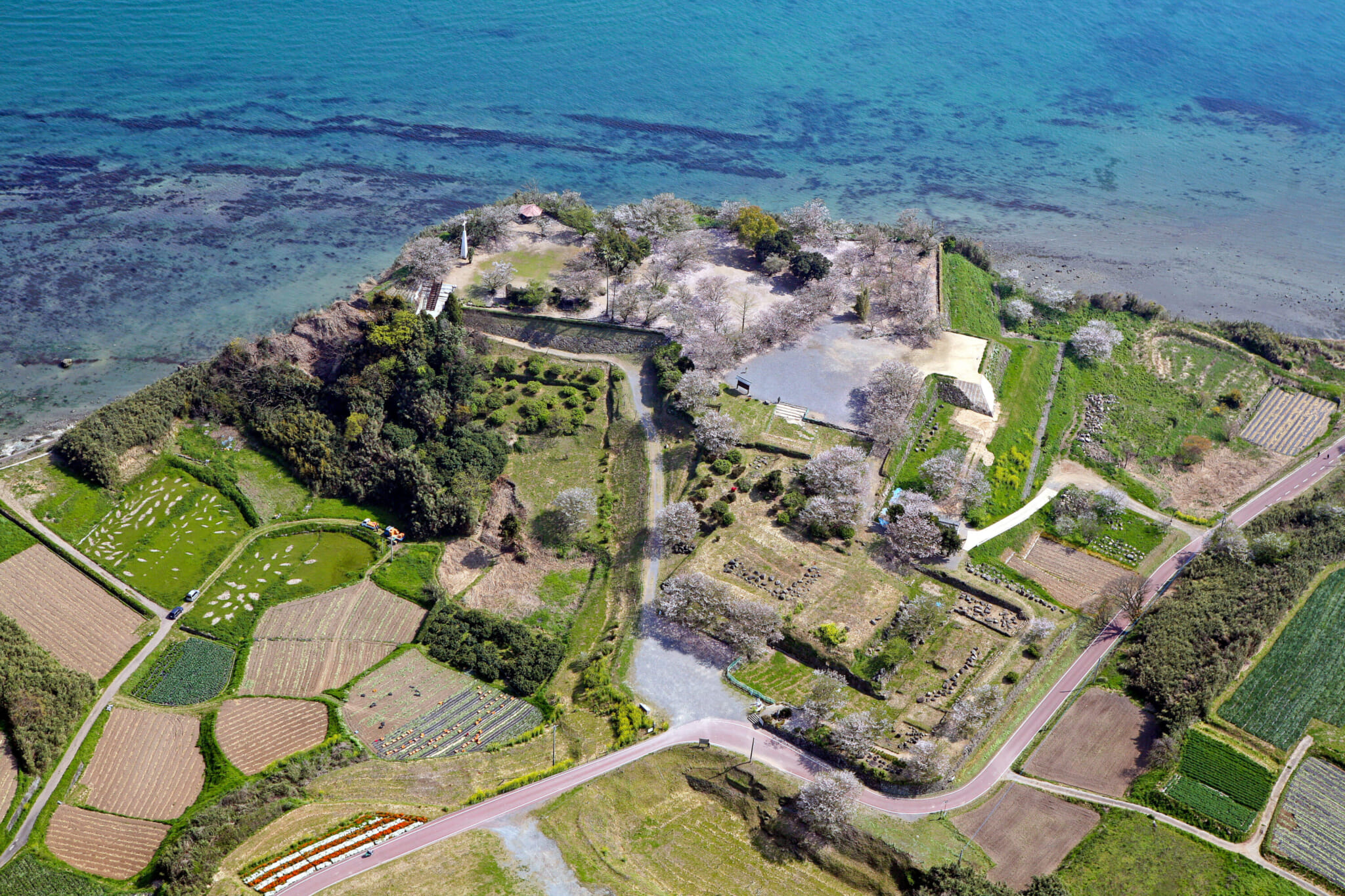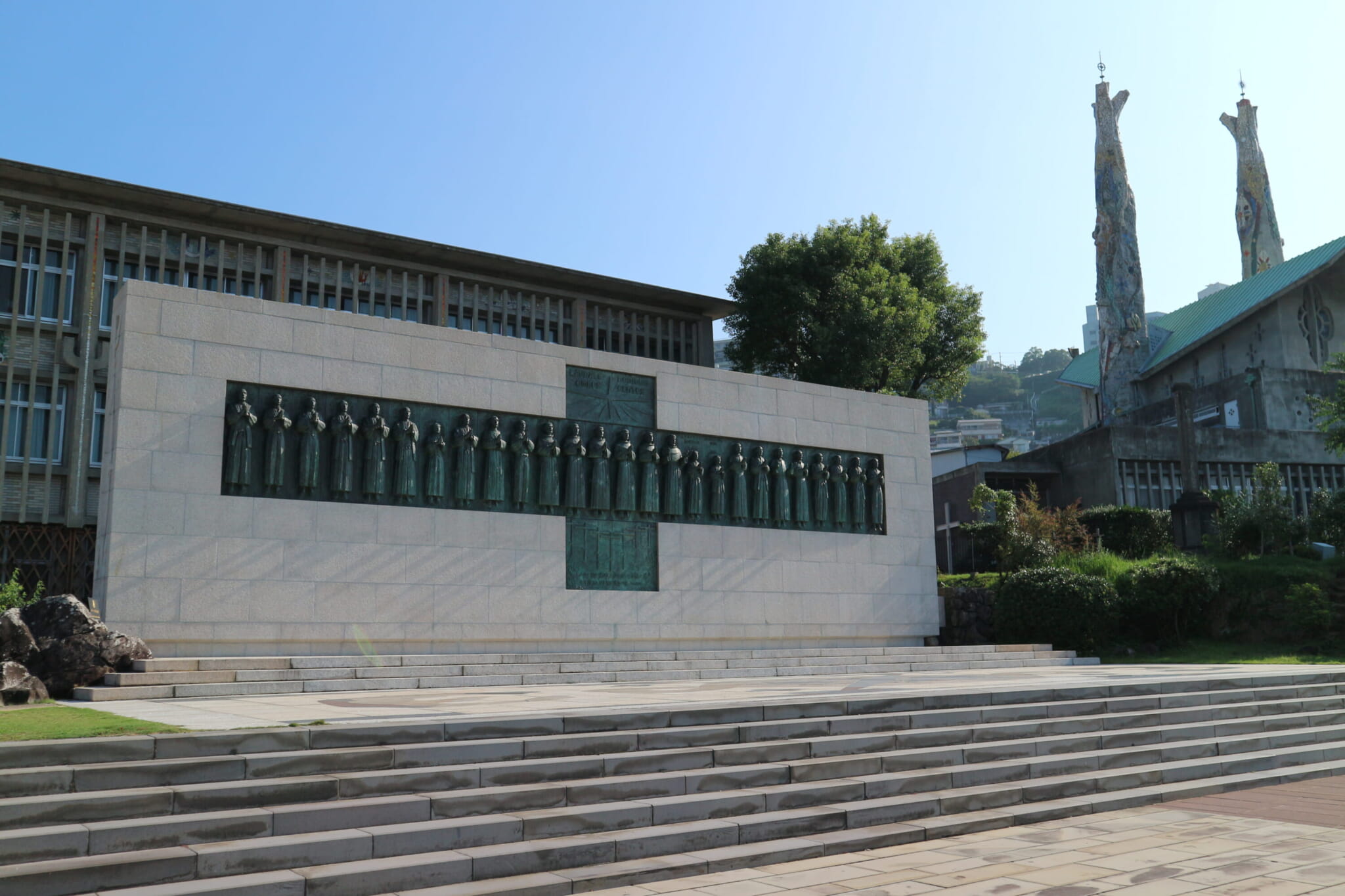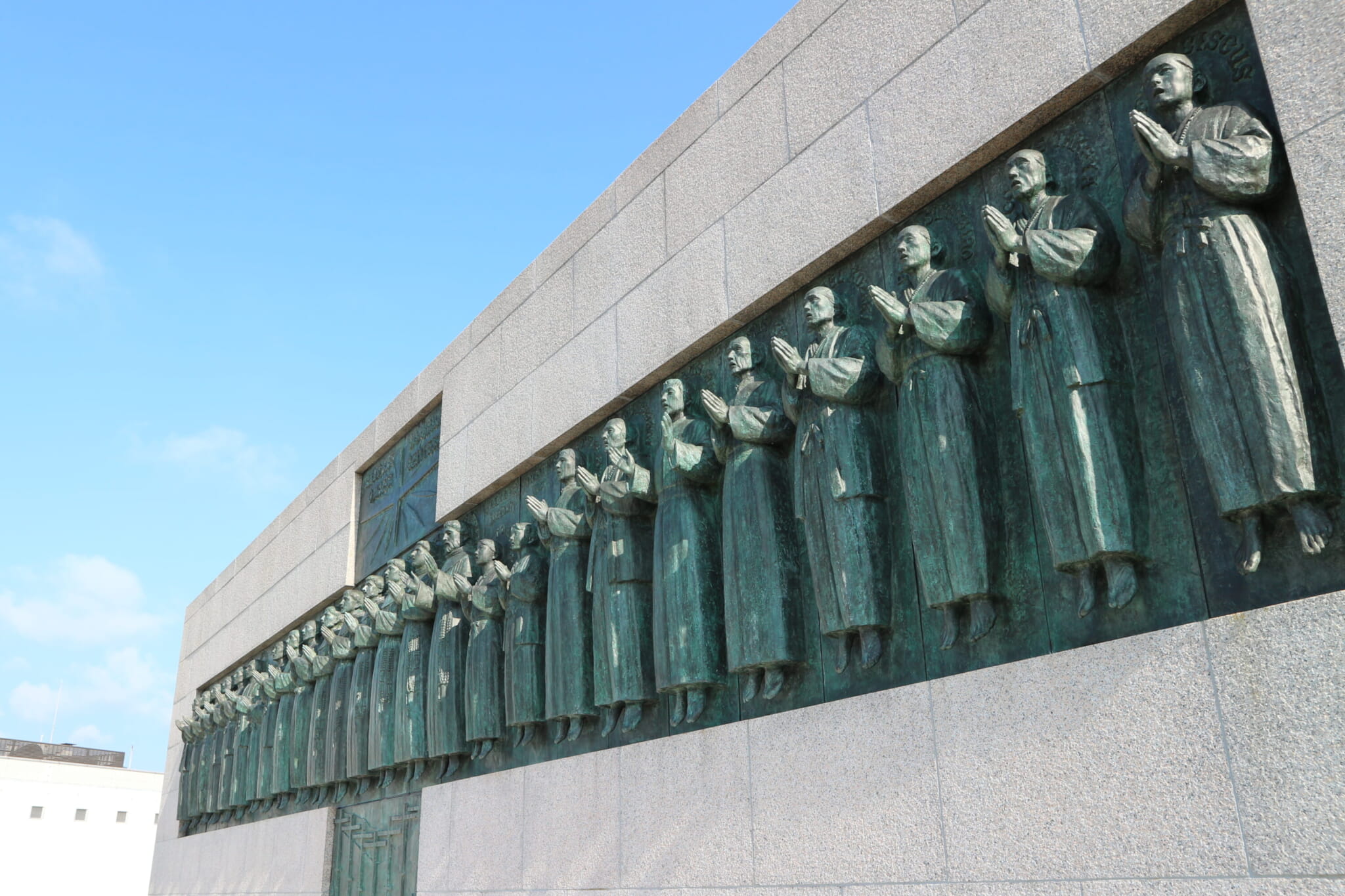Currently, only about 1.9 million Japanese people (1.5% of the population) identify as members of the Christian church. Many choose to keep quiet about it. Taro Aso, the former Prime Minister of Japan, is — to the surprise of many — a practicing Roman Catholic. However, there was a time when Christianity in Japan was big, loud and bloody. Today, visitors to the country can travel back in time to those turbulent years by visiting sites throughout Nagasaki Prefecture connected to some of the most important Christian figures in Japanese history.
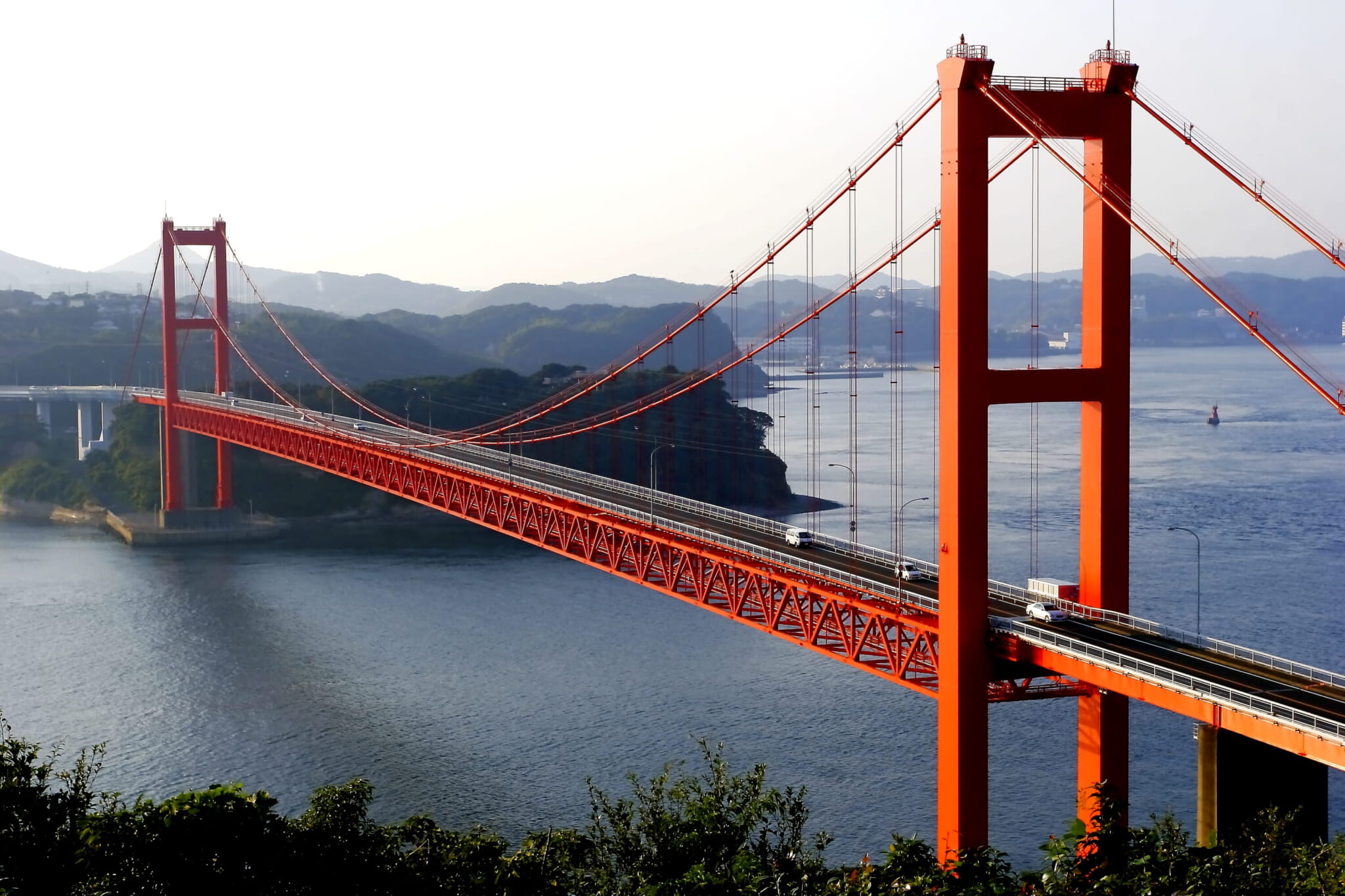
Hirado Bridge
St. Francis Xavier and Hirado Island
Francis Xavier was the first missionary to visit Japan in 1549, with a wanted murderer named Anjiro acting as his guide and translator. He operated out of Kagoshima but also traveled up north to Nagasaki where he introduced Christianity on Hirado Island in 1550. The religion quickly spread there after the baptism of the ruling Koteda clan, especially in Kasuga Village, which is now a UNESCO World Heritage Site. However, after the Japanese government banned Christianity in 1614, Kasuga’s converts had to practice their faith in secret as so-called “hidden Christians.” Sadly, many were executed on Nakaenoshima, an isle off the northern coast of Hirado.
Saint Paul Miki and the Twenty-Six Martyrs Museum and Monument
Hailing from a well-off Kansai family, Paul Miki was one of Japan’s most famous Jesuit preachers whose oratory skills brought many people to the church. Alas, Japan’s de facto ruler, Toyotomi Hideyoshi, fearing the growing influence of Christian Spain and Portugal, implemented one of the first bans on Christianity. To make sure people took it seriously, he ordered Miki and 25 other Christians (both foreign and Japanese) to be crucified and lanced to death in 1597 on Nishizaka Hill in Nagasaki City. It’s said that Miki kept preaching while on the cross and even forgave his executioners. In 1962, the Twenty-Six Martyrs Museum and Monument was built on the site of the preacher’s untimely death.
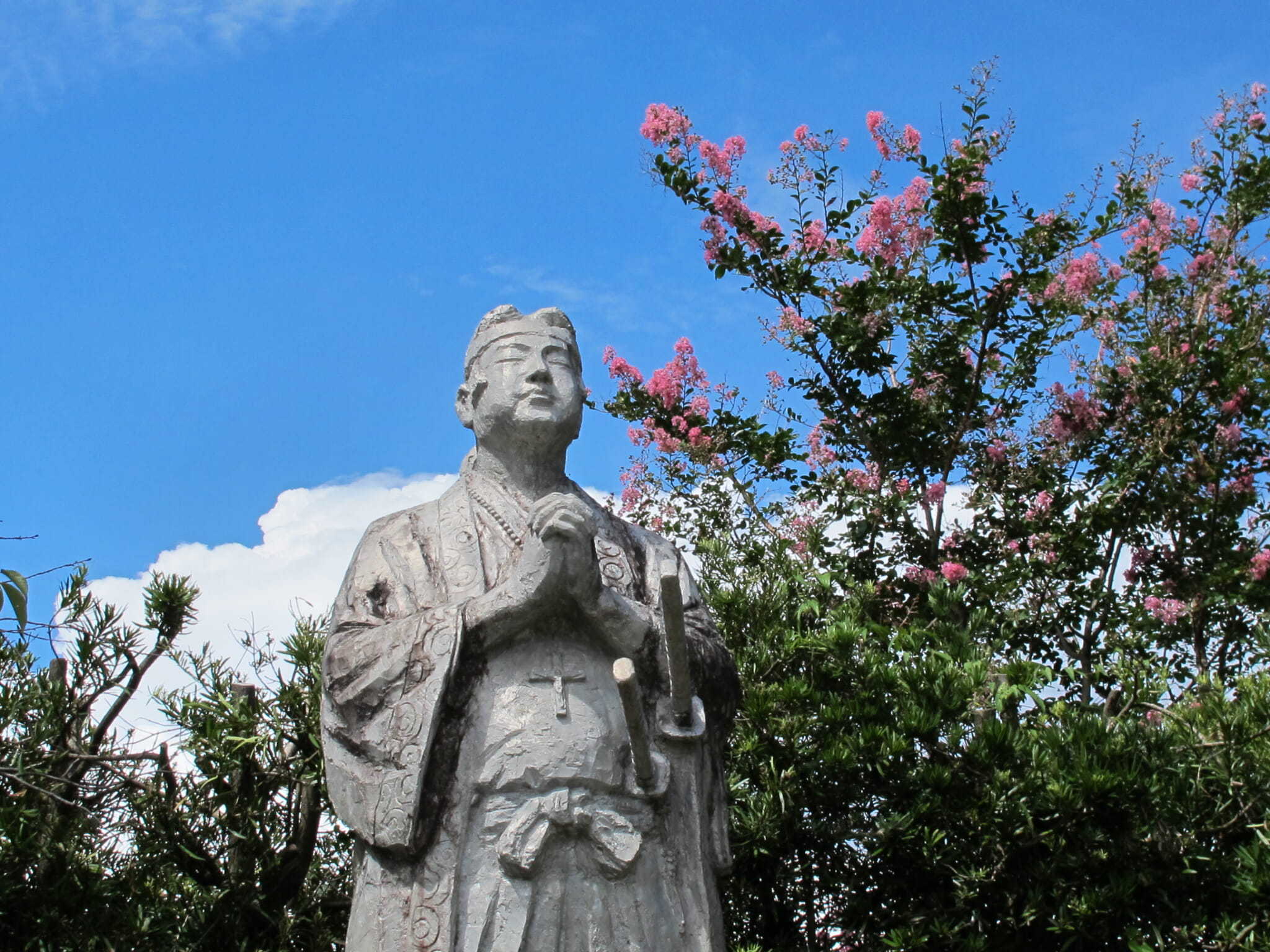
Amakusa Shiro and the Remains of Hara Castle
The Shimabara Rebellion was a revolt of mostly Catholic peasants against a strengthened ban on Christianity, increased taxation and lack of famine relief. Their stronghold was Hara Castle on the Shimabara Peninsula in southern Nagasaki Prefecture. Their leader was the young samurai Amakusa Shiro, also known as Masuda Shiro Tokisada. Though they were heavily outnumbered, the rebels managed to hold off shogunate forces for about four months. In the end, though, the revolt failed, 40,000 people were beheaded (including Amakusa Shiro) and Hara Castle was burned to the ground. Its remains were preserved, and in 2018 the ruins were registered as a UNESCO World Heritage Site.
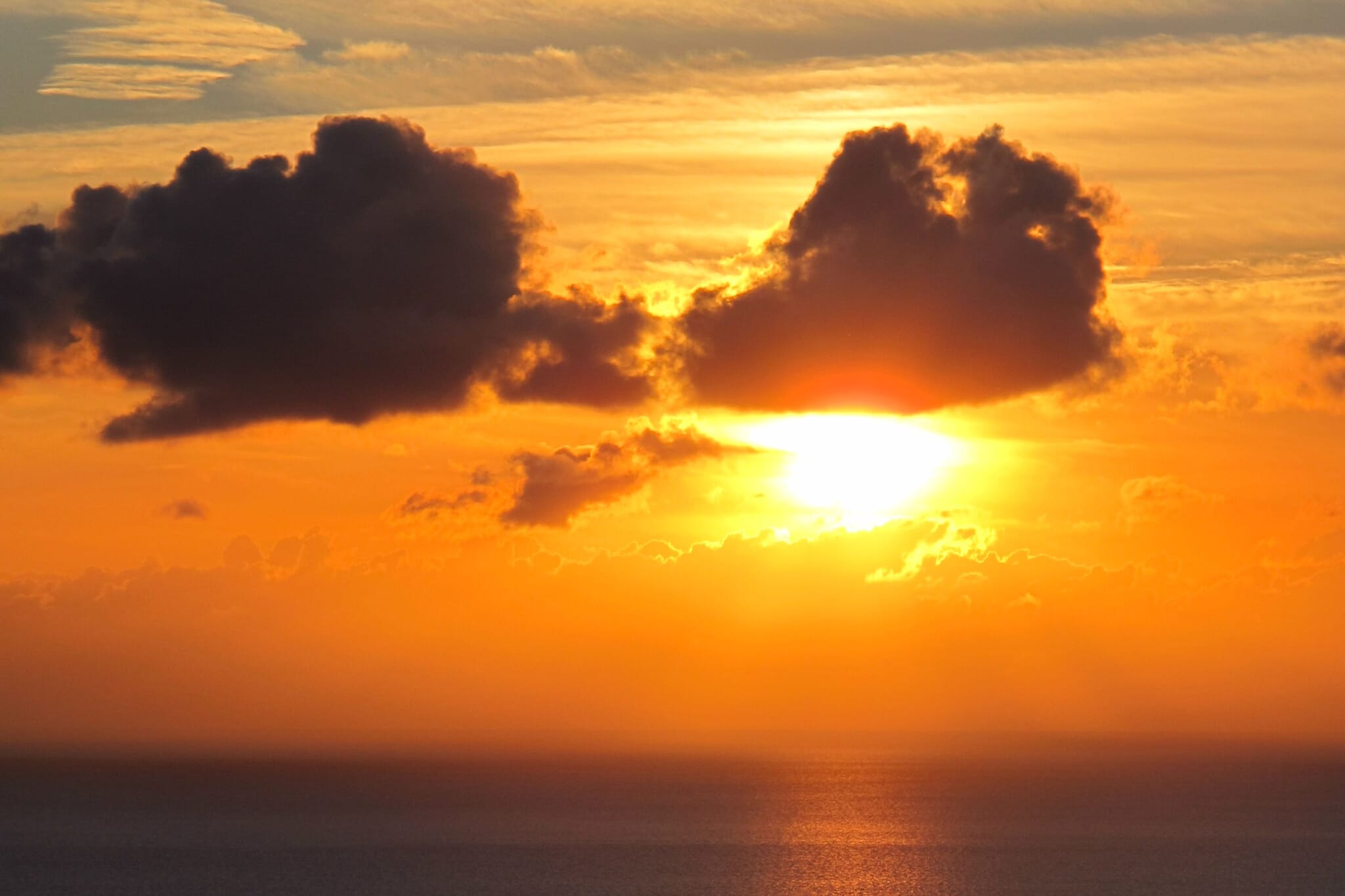
Toshimitsu Honda and Ono Village
Toshimitsu Honda was a Japanese Christian who fled to Ono Village in Sotome after the start of the Shimabara Rebellion. Becoming a leader and adviser of the hidden Christians in the area, he was eventually enshrined as a Shinto deity at Kado Shrine. Through this, we begin to understand how hidden Christians survived from 1614 until 1873, when the ban on their faith was lifted. It was because hidden Christians hid in plain sight, playing the roles of Buddhists and Shinto worshippers while incorporating secret Christian symbols and figures into their lives, just as Honda did. These days, Sotome is most famous for its stunning sunset views over the East China Sea.
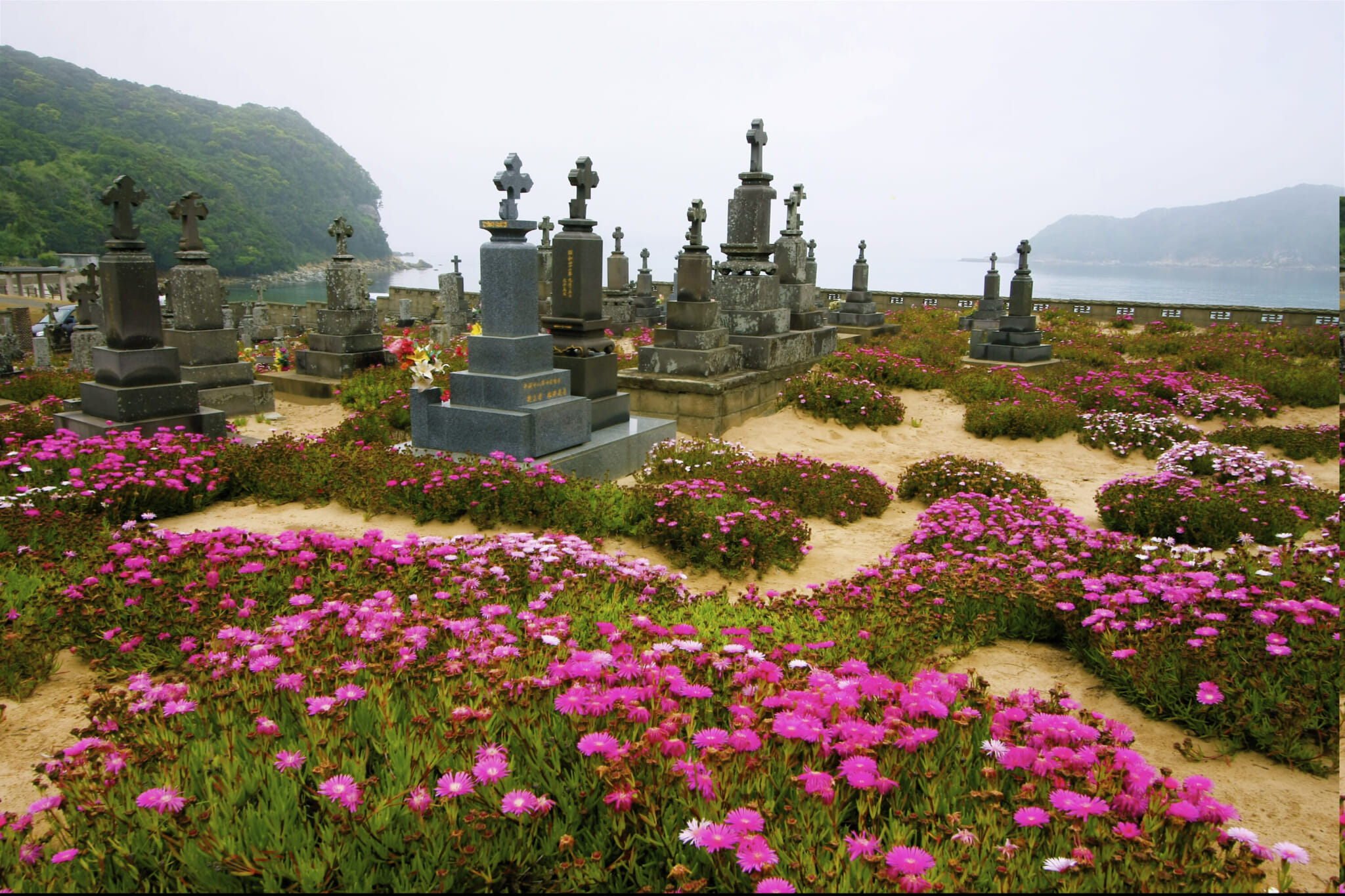
Kashigarashima Cemetary
Matsujiro Domingo and Kashiragashima Island
After the government crackdown on Christianity, many Japanese migrated to the island of Kashiragashima in the northern part of the Goto archipelago. These communities were held together by hidden Christian leaders known as mizukata, who often used their private homes as churches and kept the faith alive in face of brutal repressions. One of the last great mizukata was Matsujiro Domingo, who moved to Kashiragashima a few years before the ban on Christianity was lifted. Once he and his people were free, they erected a wooden church in 1887 on the island to mark the end of Japanese Christians having to live in the shadows.
Photos © Nagasaki Prefecture Convention and Tourism Association

